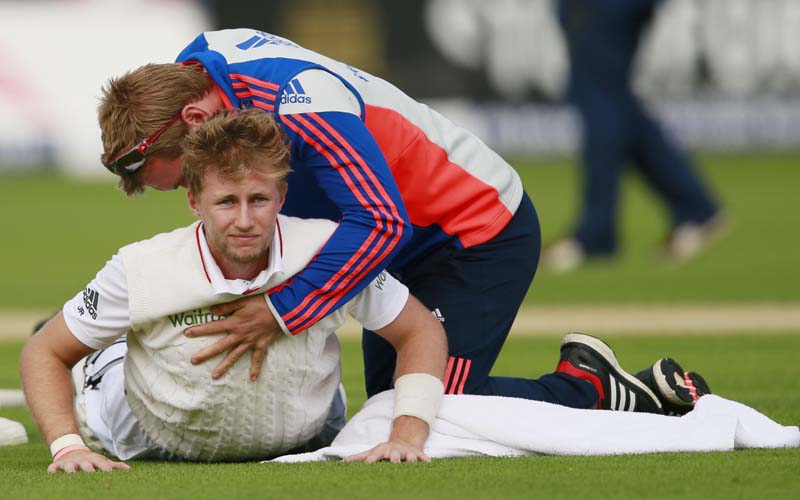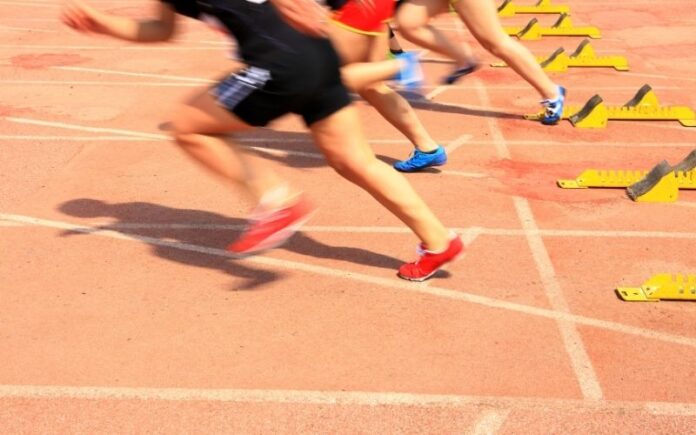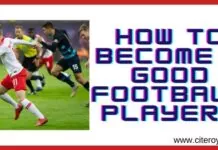Injuries are common during exercise and in sports participation… If you are inflicted by any of this injury, you should take proper care and treatment. Even after medical treatment proper care must be taken to get back to your daily lifestyle… how? By rehabilitation… but isn’t sports rehabilitation just for an athlete? No, rehabilitation is for anyone who is injured. Let us find about it
Rehabilitation for an injury can be an effective method to improve your recovery. It can help you to resume your daily lifestyle. The rehabilitation can help you physically, mentally, and emotionally to repair yourself from any injury sickness, or trauma.
What is sports rehabilitation?
Sports rehabilitation helps sports injured or people suffering from musculoskeletal illness. It helps people to maintain their healthy life and recover from the previous injury, post-trauma, post-surgical trauma, and reduce pain using proper exercise, movement that is a therapeutic intervention.
Is sports rehabilitation only for athletes?

When a normal person hears rehabilitation they may have a false assumption that it is only for athletes. But no this is not the truth any person who is injured needs rehabilitation after recovering.
Who needs rehabilitation?
Rehabilitation is for people who are:
- Injured
- Traumatized(fractures)
- Post-surgery
- Back pain
- Sprains and pains
- Arthritis
- Chronic pain
- Strains
- Knee or elbow injury
- Swollen muscle
- Dislocation
- Allios tendon rupture
Steps for rehabilitation
-
Protection and offloading:
The foremost requirement is to control pain and muscle swelling. This protects the area from more damage and also promotes healing. Offloading means giving temporarily full rest to the injured part so that muscle swelling can decrease.
-
Protected reloading and reconditioning:
After recovering from injury sub acute management should be commenced. This step focused on increasing the range of motion of the injured part. Some strain is applied to the injured part. A therapist can recommend some specific drills or stretching that should only hold for 30 seconds.
-
Strength and Balance:
Now, the injury is healed. It’s time to get serious but proper care should be taken to avoid further damage. This step focuses on proprioception which means an ability of a body to know its position without looking. Also balanced is checked and some exercises are recommended.
-
Return to normal:
In this step, people are shifted to some proper training. This includes exercises, skills, or drills. The therapist carefully progresses you from basic to normal as they the muscle adapt it. They take proper precautions to avoid injuries.
Rehabilitation is a long process that includes proper medical treatment, and care of the wound, and then helping people to return safely to their normal lifestyle without increasing damage. It can be for any people not just athletes.


![What are the positions in Basketball? [Detailed Guide] positions in basketball](https://www.citeroyale.com/wp-content/uploads/2021/02/positions-in-basketball-218x150.jpg)




